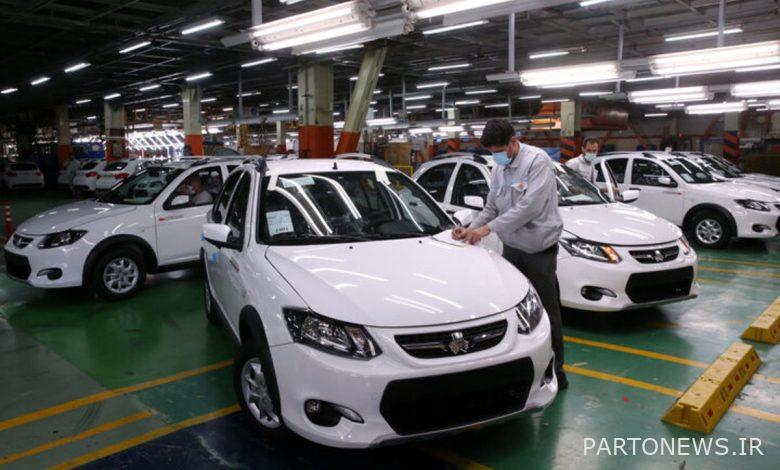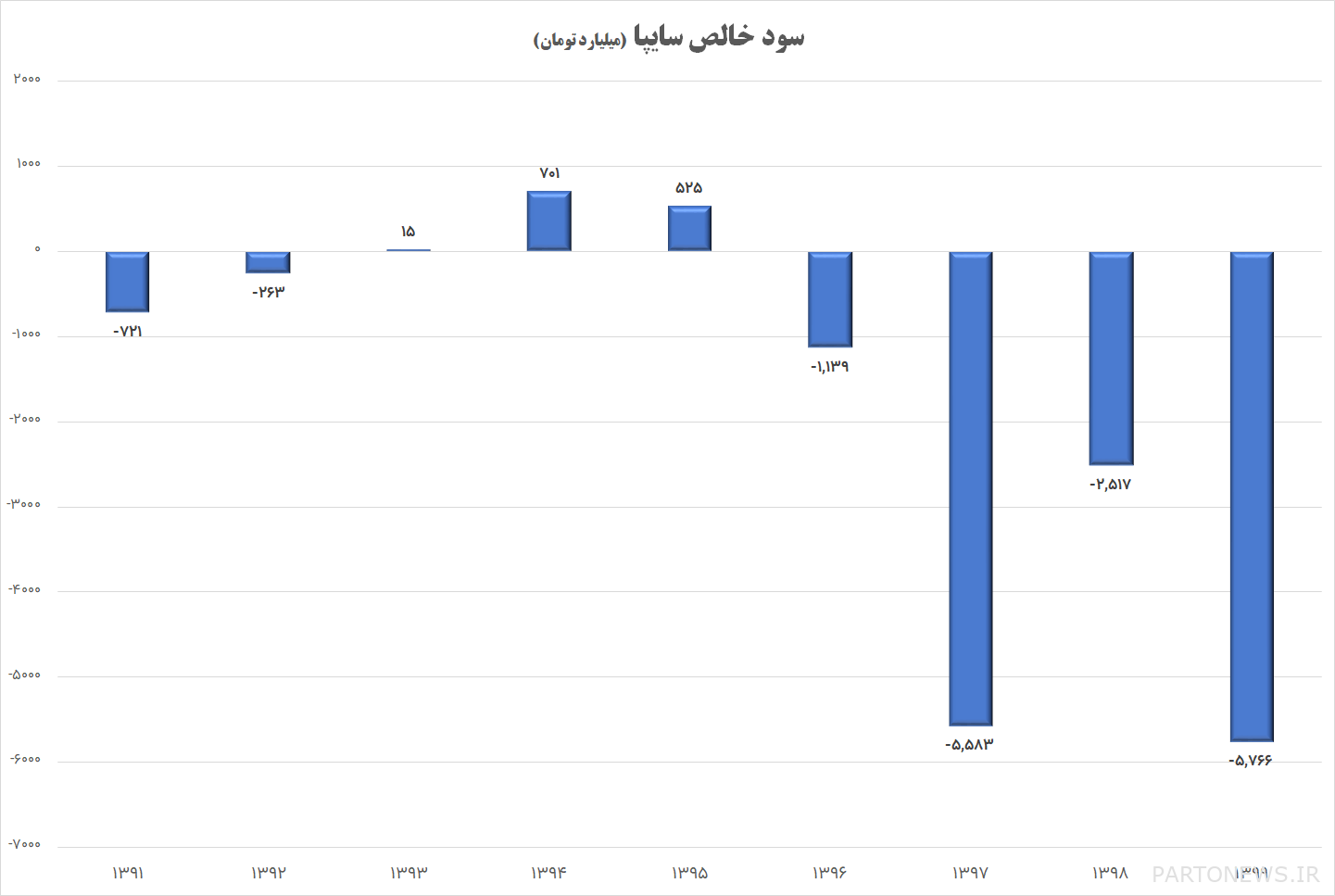Accused or victim; Are carmakers to blame for the current situation?

According to Eqtesadonline; The automotive industry is not experiencing good conditions these days; From the strange increase in car prices in the open market to the millions of applicants in car lotteries. Meanwhile, everyone blames the car manufacturers and experts, even officials, blame them for everything that is happening in the car market these days. But if we look a little deeper and explore more dimensions of the story, perhaps we can say that carmakers are also victims of the current situation. Automakers that have been subjected to a host of inefficient policies and must take responsibility for the consequences of these policies. The interesting thing is that those who are responsible for the wrong policies of the last few decades have now appeared in the role of critics and are trying to buy credibility and popularity by riding on people’s feelings.
But let’s take a closer look at why car prices have risen sharply in the market, why car quality has declined, why car supply has declined, and why we see millions of car demands in car sales plans.
The first and most important point is that Iran’s economy has been experiencing severe inflation over the past few years; Inflation caused by the wrong economic policies of the past few decades and exchange rate jumps. According to official statistics, the average price of all goods and services in the country from the beginning of 1397 to the end of May this year has quadrupled. Therefore, the increase in car prices in this situation is not unexpected.
But the problems of the car industry these days are rooted in a perpetual wrong policy, which is also due to the wrong mentality of policymakers. The idea of grammatical control is the thinking that is the root of many problems not only in the automotive industry but also in the Iranian economy. To clarify the issue a little, we review the financial statements of one of the largest automakers in the country, Saipa.
According to Saipa’s annual financial statements for the period 1396 to 1399, about 85% of the cost of this automaker is related to direct consumables. In other words, 85% of the cost of producing a car consists of goods such as steel and chemicals. So in a situation where world prices have risen and the Iranian economy has experienced severe inflation, it is quite clear that the cost of production is rising at least as rapidly; In other words, if we want the manufacturer to produce high quality goods with high circulation, that is, exactly what we expect from car manufacturers, the price of goods must be determined based on the cost of production as well as supply and demand.
Let’s take a look at the carmaker’s annual net profit margin over the past decade. According to available data, the carmaker’s net profit margin has been negative over the past four years; This means that the company not only did not make a profit from its production, but also suffered losses. The following chart shows the trend of Saipa net profit margin since 1391:
As it is known, in the periods when inflation increases in the country, the profit margin of this automaker becomes negative; In other words, this carmaker and of course its shareholders suffer losses. But what is the cause of this paradox? In fact, the answer to this paradox is the answer to why the current situation in the car market.
In the inflationary situation of the country, which is due to wrong policies, policymakers, instead of reforming their economic policies, resort to a failed strategy, and that is mandatory pricing; In other words, to prevent price increases, producers are required to sell their product at an approved price, a price that does not even cover the cost of production, and the result is a loss to the producer. In these circumstances, the decline in production and quality is the inevitable result of this policy.
The following chart shows Saipa’s annual profit and loss over the past decade:

As it turns out, the automaker has suffered significant losses over the past four years as a result of this old misguided policy.
Now back to our basic question; What is the reason for the current situation in the car market these days? From what has been said, the answer to this question is in the wrong pricing policy. It should be noted that the price traded in the open market is a price that is not paid to the automakers, but the difference between the approved price and the rental market price is given to a small group, and incidentally, this price difference leads to multimillion-dollar demand for cars. Has been.
In fact, grammatical pricing policy, on the one hand, leads to a reduction in production and quality of production vehicles by imposing losses on the automaker, and on the other hand, the difference between the market price and the approved one leads to an intensification of demand. Has figured out the car.
Therefore, it is better for policymakers to point the finger of blame at the car manufacturers instead of the accused and the victim.

